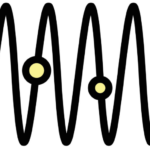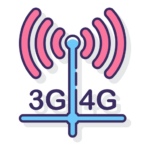Opening Hours: Mon – Thur 8:30 am – 5:00 pm Fri 8:30 am – 4:00 pm
Demystifying Technical Terms in the Radio Frequency Industry

Radio Frequency (RF) refers to the rate of oscillation of electromagnetic radiation, specifically the range of frequencies used for radio waves, typically spanning from 3 kHz to 300 GHz, and used for various wireless communication and broadcasting technologies.

A device that converts electrical energy into radio waves, and vice versa, used for transmitting and receiving signals.

The range of frequencies over which a particular RF signal can be transmitted without significant loss of information, usually measured in Hertz (Hz).

The specific frequency of the electromagnetic wave that is used to carry the information signal.

Spectrum allocation sets the stage for how frequencies are divided among services, while spectrum assignment is about whom those frequencies are given to for use.

A logarithmic unit used to measure the power level of a signal, often used to express gains, losses, and levels in RF systems.

A method of encoding data onto a carrier frequency by varying the frequency of the signal.

The way that radio waves travel and spread out through different environments, which can affect signal strength and quality.

A device that sends information by converting it into a radio frequency signal.

A device that accepts radio signals and converts them back into usable information.

The distance between successive peaks (or troughs) in a wave, inversely related to frequency

Frequency refers to the number of cycles per second of a radio wave. In the context of radio communications, it determines the range and quality of wireless signals.

Frequency refers to the number of cycles per second of a radio wave. In the context of radio communications, it determines the range and quality of wireless signals.
Get authorized to use the mobile spectrum and expand your services.
